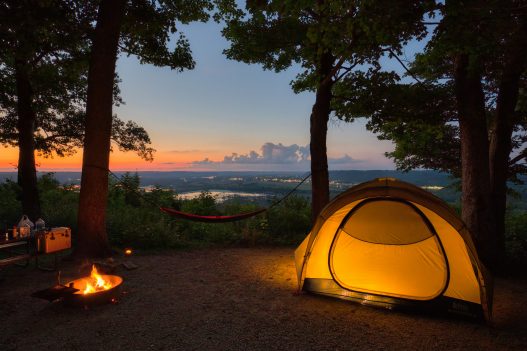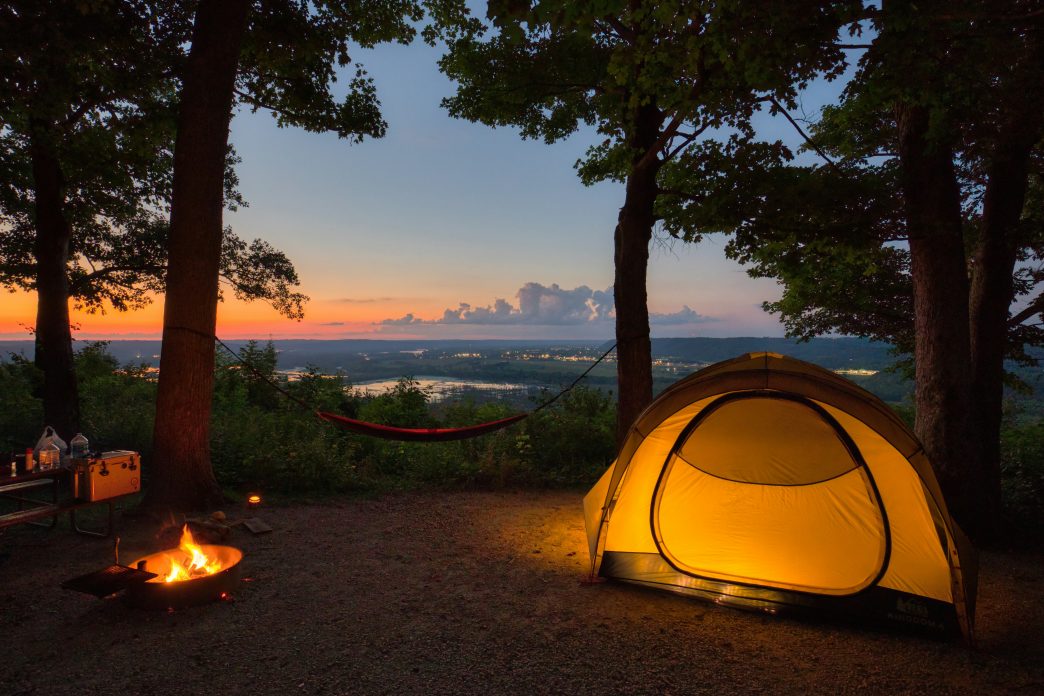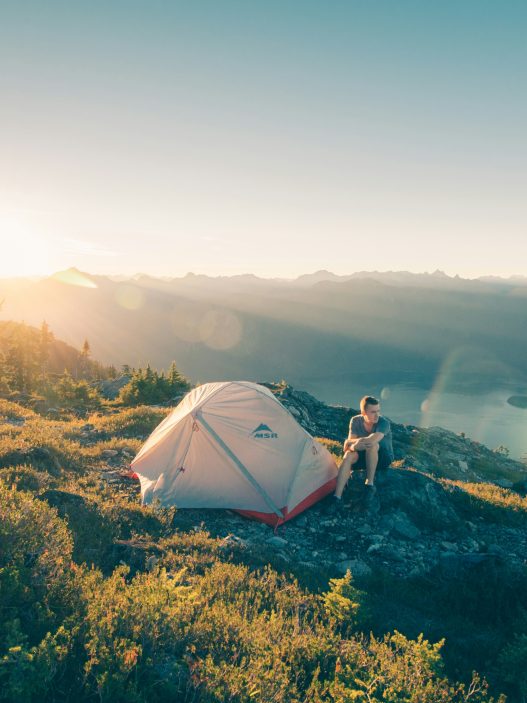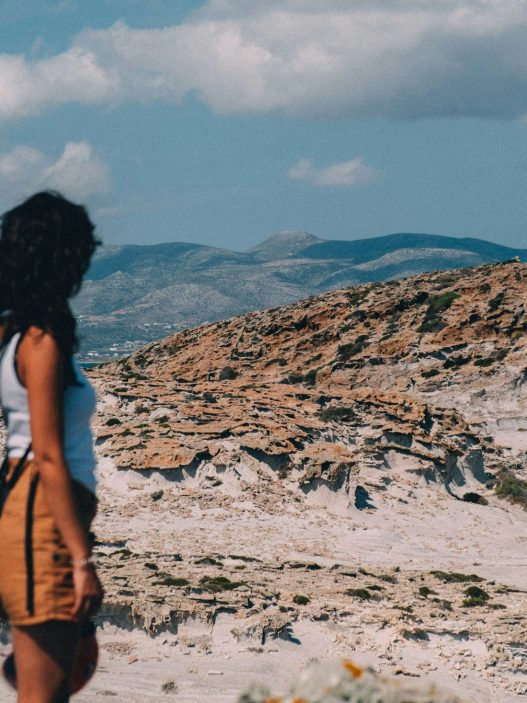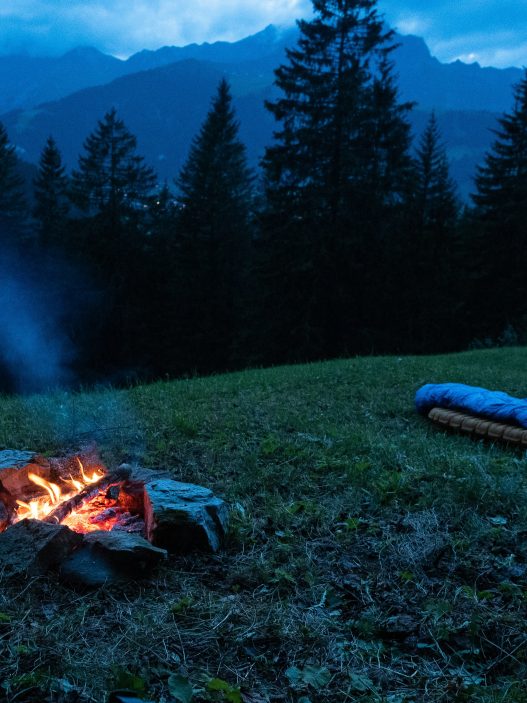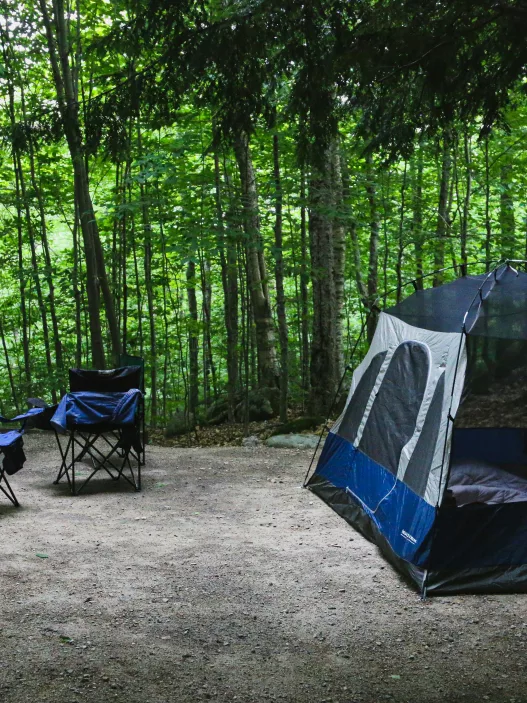Camping offers a wonderful opportunity to connect with nature and escape the hustle and bustle of daily life. New campers can benefit greatly from understanding essential tips and selecting the right gear, ensuring a safe and enjoyable outdoor experience. It’s not just about packing a tent and heading to the nearest campsite; preparation is key to making the most of this adventurous activity.
Knowing what to bring along can make or break a camping trip. From choosing the right tent and sleeping bags to packing cooking essentials and safety gear, every bit of preparation helps. This guide aims to equip beginners with the knowledge needed to set up a successful camping excursion, making the experience enjoyable and memorable.
Ultimately, the joy of camping lies in the moments spent around the campfire and the stories shared under the stars. By following a few foundational tips and insights, novice campers will be ready to immerse themselves in the great outdoors confidently.
Understanding Camping Fundamentals
Camping involves navigating various elements including selecting a campsite, understanding camping types, and adhering to environmental principles. Each aspect contributes to a successful experience for first-time campers.
Choosing Your Campsite
Selecting the right campsite is crucial for comfort and safety. Look for established sites that are flat and free from hazards such as falling branches or rocks. It should ideally be located near water sources and away from wildlife trails. Ensure the spot receives some sunlight during the day to keep the tent dry.
Also, check local regulations and permissions. Some areas may require reservations or have specific guidelines. When arranging the layout, allow space for cooking and communal activities while keeping the sleeping area separate to minimise disturbances.
Types of Camping
There are several types of camping to consider, each offering a unique experience.
-
Tent Camping: This is the most traditional form, allowing flexibility in location. Tents provide shelter and can be set up almost anywhere.
-
Car Camping: This involves driving to a campground where vehicles are allowed. It’s convenient for beginners as it allows easy access to amenities and supplies.
-
Backpacking: Carrying your gear in a backpack, this method suits those looking for adventure and solitude. It requires more preparation and physical stamina.
-
Glamping: A luxurious alternative, glamping combines camping with hotel amenities. This is suitable for those who want a taste of nature without sacrificing comfort.
Leave No Trace Principles
Practising Leave No Trace principles is essential for preserving nature. First, always pack out what you pack in. This includes trash and leftover food, which can harm wildlife.
Next, minimise campfire impact. Use established fire rings and only burn downed wood. Avoid gathering firewood from the environment to preserve natural habitats.
Moreover, stick to trails when hiking. This helps prevent soil erosion and protects vegetation. Respect wildlife and observe from a distance, ensuring their habitat remains undisturbed. Following these principles contributes to a sustainable camping experience.
Essential Camping Gear
First-time campers need to understand the key equipment that ensures a safe and enjoyable experience. This section covers vital items including shelter options, sleeping bags, and comfort essentials.
Tents and Shelter Options
Choosing the right tent is crucial. There are various types available, such as dome, cabin, and backpacking tents. Dome tents are popular for their stability and easy setup. Cabin tents offer more space and headroom, suitable for families.
When selecting a tent, consider factors like capacity, weather resistance, and weight. A tent should comfortably accommodate the number of campers, with extra space for gear. Look for features such as waterproof materials and good ventilation. Always check the setup process; a simple design is beneficial for beginners.
Choosing the Right Sleeping Bag
A sleeping bag is one of the most important items for camping. It should match the camping environment. Different bags are rated for various temperature ranges; a bag with a lower rating provides additional warmth.
Look for a sleeping bag that fits the individual’s height and has adequate insulation. Synthetic materials are generally better for damp conditions, while down insulation is lighter and offers better warmth for weight. Additionally, consider the bag’s shape: mummy bags are compact and warm, while rectangular bags provide more room.
Comfort Items and Furniture
Comfort can greatly enhance the camping experience. Pack lightweight folding chairs and portable tables for relaxation and dining. Sleeping pads or air mattresses can be added for additional comfort and insulation from the cold ground.
Bring a compact stove and cooking gear to prepare meals efficiently. Don’t forget essential utensils, cooking pots, and a cooler for food storage. Personal items like a headlamp and basic first-aid kit are also highly recommended for safety and convenience.
Camp Setup Basics
Setting up a campsite correctly can significantly enhance the camping experience. Understanding how to pitch a tent and establish a camp kitchen is crucial for comfort and safety.
Pitching Your Tent
Choosing the right location for pitching a tent is vital. Select level ground, away from hazards like falling branches or areas prone to flooding. Check the weather forecast and avoid low spots that may collect water.
When unpacking, lay out the tent components clearly. Follow the manufacturer’s instructions to assemble the tent efficiently. Use stakes and guylines to secure it firmly, ensuring stability against wind.
It is also beneficial to create a ‘dry area’ outside the tent for storing gear. This approach keeps the inside dry and organised. Finally, always practice pitching the tent at home to familiarise oneself with the process.
Camp Kitchen Essentials
A well-organised camp kitchen makes preparing meals simpler and more enjoyable. Begin with a sturdy and portable cooking stove, complete with fuel. Opt for lightweight pots and utensils, easily stored in a compact container.
Bring a dedicated food storage solution to keep items safe from animals. Coolers are excellent for perishables, while airtight containers protect dry goods. A cutting board and knife are essential for meal prep.
Setting up a dining area with camp chairs can provide comfort during meals. Don’t forget a portable table if space allows. A well-equipped camp kitchen not only simplifies cooking but also enhances the social aspect of camping.
Safety and First Aid
Prioritising safety and understanding first aid is crucial for any camper. Being prepared for emergencies and recognising wildlife risks can significantly enhance the camping experience.
Navigating Emergencies
Emergencies can occur unexpectedly while camping. Campers should always carry a well-stocked first aid kit. Essential items include:
- Adhesive bandages for cuts and blisters
- Antiseptic wipes for cleaning wounds
- Pain relievers, such as ibuprofen or paracetamol
- A space blanket for warmth in case of hypothermia
He or she must also familiarise themselves with basic first aid procedures, including CPR and how to treat burns, sprains, or insect bites. Informing someone about their itinerary is important, ensuring that someone knows their location and expected return. Carry a map and a compass, or a GPS device, to navigate in case mobile signals are weak.
Wildlife Awareness and Safety
Understanding how to avoid wildlife encounters can ensure a safe camping trip. Campers should research the local fauna beforehand and take precautions, such as:
- Storing food securely in bear-proof containers
- Keeping food away from sleeping areas
- Making noise while hiking to avoid startling animals
In case of an encounter, maintaining calm is essential. Campers should back away slowly and avoid direct eye contact with potentially dangerous animals. If bitten by a snake or other wildlife, seek medical help immediately. Awareness and preparation can significantly reduce risks associated with wildlife while camping.
Campfire Management
Managing a campfire involves knowing how to build it correctly and ensuring it is extinguished safely. Fire safety should always be a priority when camping to protect both people and the environment.
Building and Extinguishing Fires
To build a campfire, choose a clear area away from tents, trees, and other flammable materials. Dig a shallow fire pit and surround it with stones to contain the fire. Gather tinder, kindling, and larger logs. Start with tinder like dry leaves or grass. Then add kindling, followed by larger pieces of wood arranged in a teepee shape or log cabin formation for airflow.
Extinguishing a fire requires thoroughness. Let the fire burn down as much as possible, then sprinkle water over the ashes. Stir the ashes with a stick to ensure all embers are wet and cool. It’s crucial to ensure no heat remains; cold ashes can still pose a fire risk.
Fire Safety Tips
Practising fire safety is vital to prevent accidents. Always keep a bucket of water, sand, or a fire extinguisher nearby when a fire is lit. Never leave a fire unattended, and ensure children stay a safe distance away.
Use only dead or downed wood for fuel. Burning green wood creates excessive smoke and can be difficult to manage. Avoid burning trash, as it can release harmful chemicals. Always check local regulations regarding campfires, especially in dry seasons, to avoid penalties and potential wildfires.
Sustainable Camping Practices
Practising sustainability while camping is essential for protecting natural environments. Thoughtful waste management and choosing eco-friendly gear can significantly reduce a camper’s environmental impact.
Waste Management
Proper waste management is crucial in camping. Campers should follow the principle of “Leave No Trace.” This includes packing out all rubbish, leftover food, and personal items.
Here are essential tips for effective waste management:
- Use reusable containers to store food and drinks.
- Separate recycling: Identify recyclables like cans and plastics.
- Dispose of waste properly: Use designated bins or take waste home.
Food waste can attract animals, so feeding wildlife must be avoided. Engaging in these practices ensures campers leave the area as they found it, promoting a healthier environment.
Eco-Friendly Gear
Selecting eco-friendly gear is a practical step towards sustainable camping. Campers should prioritise equipment made from sustainable materials and consider energy-efficient choices.
When choosing gear, consider the following:
- Reusable items: Opt for reusable utensils, plates, and cups instead of disposable options.
- Solar-powered gadgets: Use solar chargers for devices to reduce battery waste.
- Sustainable fabrics: Select tents and clothing made from organic or recycled materials.
By carefully selecting gear that reflects sustainability principles, campers contribute positively to the environment while enjoying their outdoor adventures.
Enjoying Your Camping Experience
Making the most of a camping trip involves engaging in activities that foster connection with the environment and allow individuals to unwind amidst nature. Focusing on outdoor activities and creating bonds with the natural world can enhance the camping experience significantly.
Outdoor Activities and Exploration
Camping offers a multitude of activities designed to keep campers engaged. Hiking is one of the most popular pursuits. Trails vary in difficulty, enabling people of all fitness levels to enjoy the beauty of nature.
Fishing can also be a rewarding activity, especially in locations near lakes or rivers. Campers should review local regulations and obtain any necessary permits.
For those who prefer a more leisurely pace, birdwatching serves as an excellent opportunity to observe wildlife. Bringing a pair of binoculars can enhance the experience, allowing one to appreciate the intricate details of various species.
Additionally, setting aside time for games like frisbee or badminton can create a lively atmosphere at the campsite.
Connecting with Nature
Establishing a connection with nature is vital for a fulfilling camping experience. Campers can start by engaging in mindfulness practices, such as meditation or yoga, amidst natural surroundings. This can increase relaxation and provide an opportunity for reflection.
Another way to connect with nature is through stargazing. Campsites away from city lights often reveal stunning night skies. Bringing a telescope or simply lying back to observe constellations can deepen one’s appreciation for the universe.
Additionally, learning about local flora and fauna enhances the experience. Campers can research plants and animals native to the area, fostering a richer understanding of the ecosystem they are exploring.
These practices create a more immersive camping experience, allowing individuals to appreciate the tranquillity and beauty of the outdoors.
Preparing to Depart
Proper preparation before departing from a campsite is essential to ensure a smooth conclusion to the trip. Key tasks include dismantling the camp correctly and adhering to environmental guidelines.
Dismantling Your Camp
When it’s time to pack up, begin by gathering all personal items, ensuring nothing is left behind. Check around the campsite for any stray gear, trash, or food remnants.
Next, she should take down the tent and any other structures in reverse order of assembly. Clean the tent of any dirt and debris before packing it away, as this helps prolong its lifespan.
After dismantling, it is vital to pack all gear systematically. Use sturdy bags to prevent tears and ensure that weight is evenly distributed. This approach facilitates easier transport and organisation at home.
Leave-No-Trace Checklist
Adhering to a Leave-No-Trace principle helps maintain the natural environment. Start by clearing away all waste, including food scraps and packaging. Utilising waste bags can streamline this process.
Campers should also be cautious about where and how they extinguish campfires. Ensure fires are completely out by dousing them with water and stirring the ashes to avoid any residual heat.
Before leaving, a final check of the area around the campsite is necessary. Walk through the site to identify any overlooked items, ensuring the environment returns to its natural state. This not only protects wildlife but also respects the next visitors and the beauty of nature.


